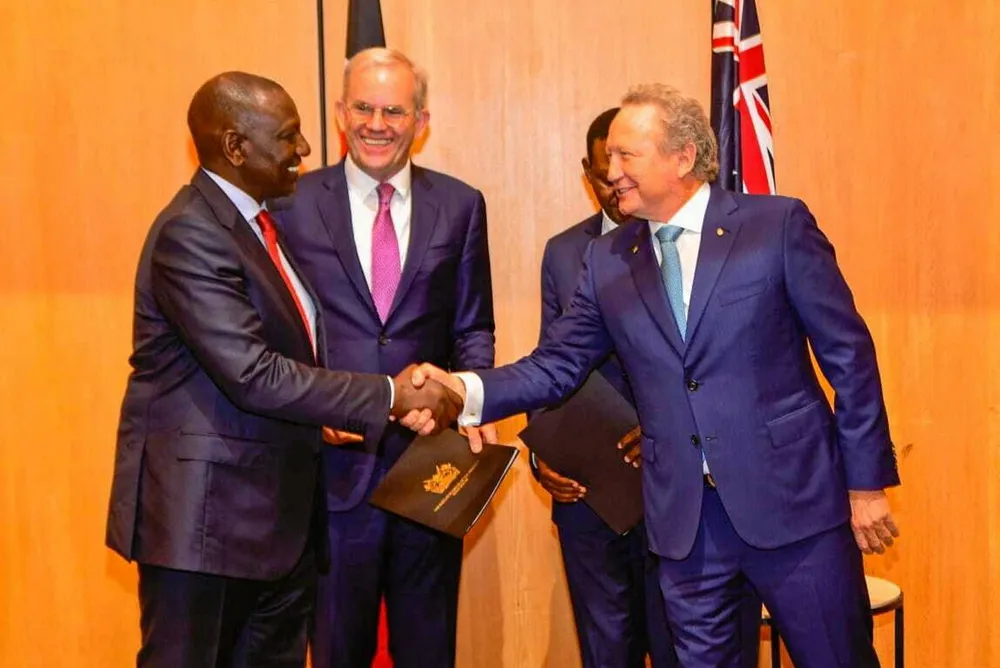Kenya announces deal to build 30GW of green hydrogen in the country, with FFI lining up for 25GW
East African nation also signs agreement with Fortescue Future Industries for a 300MW green ammonia project, with the Australian company revealing plans to potentially scale up to 25GW
